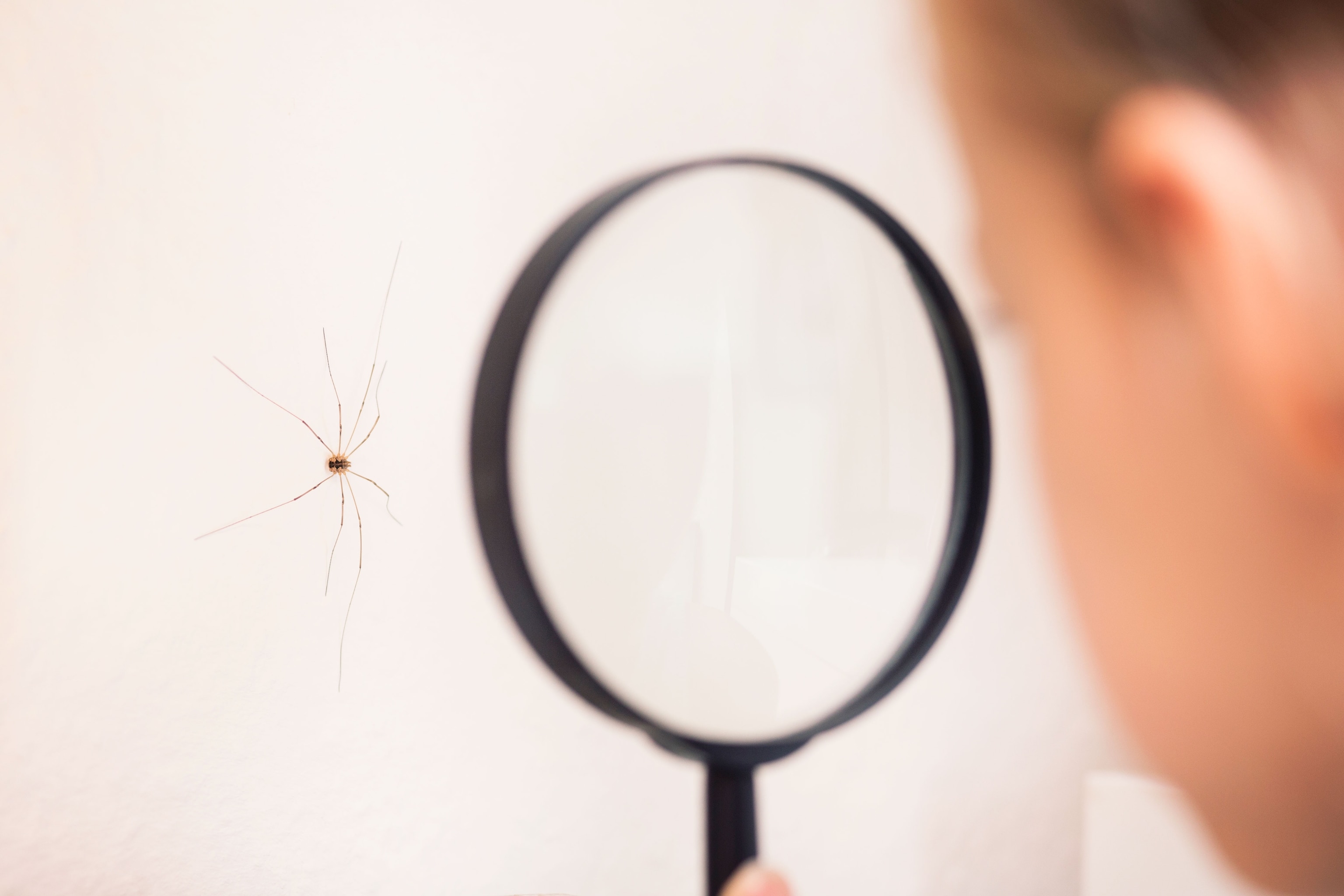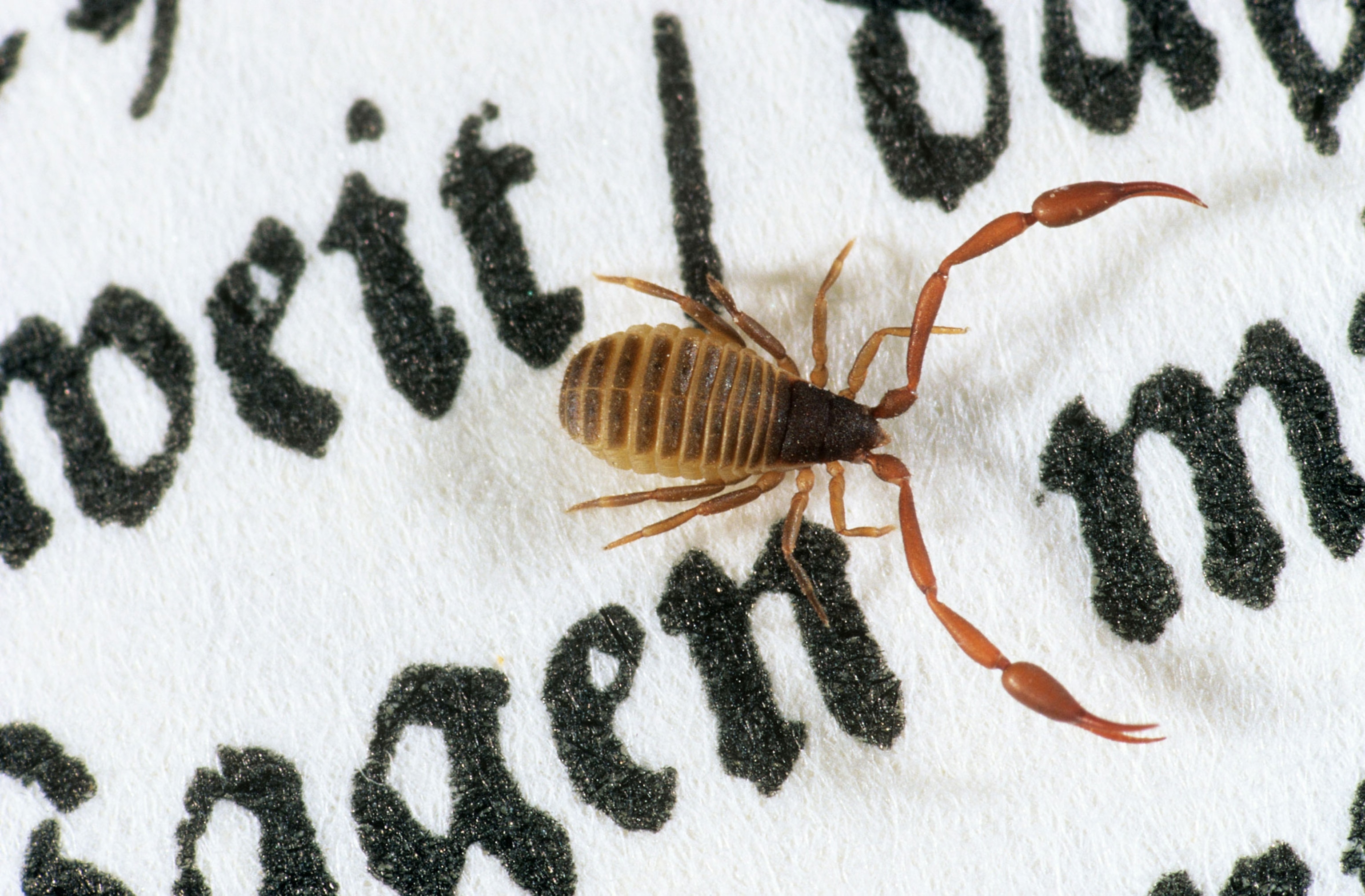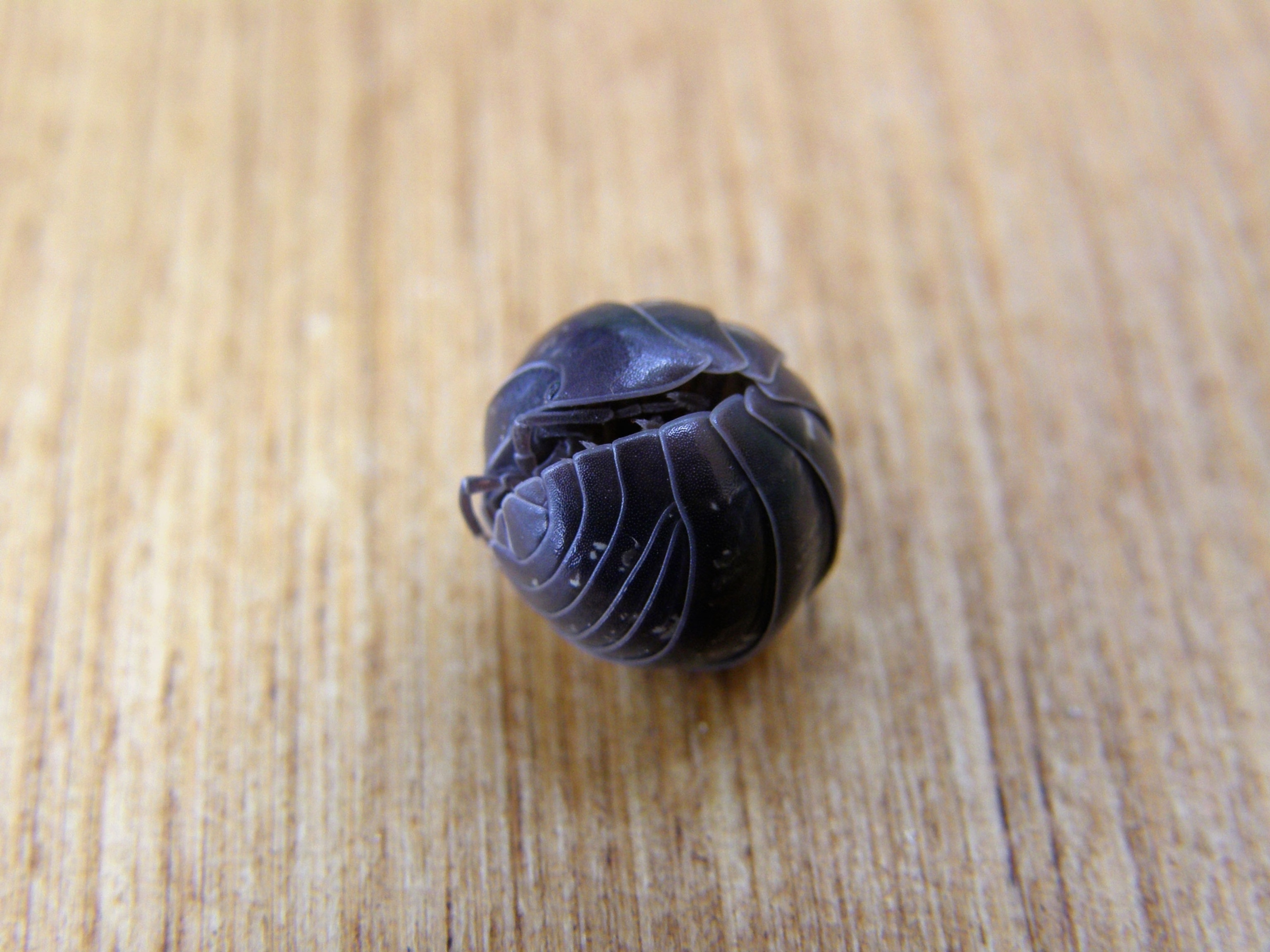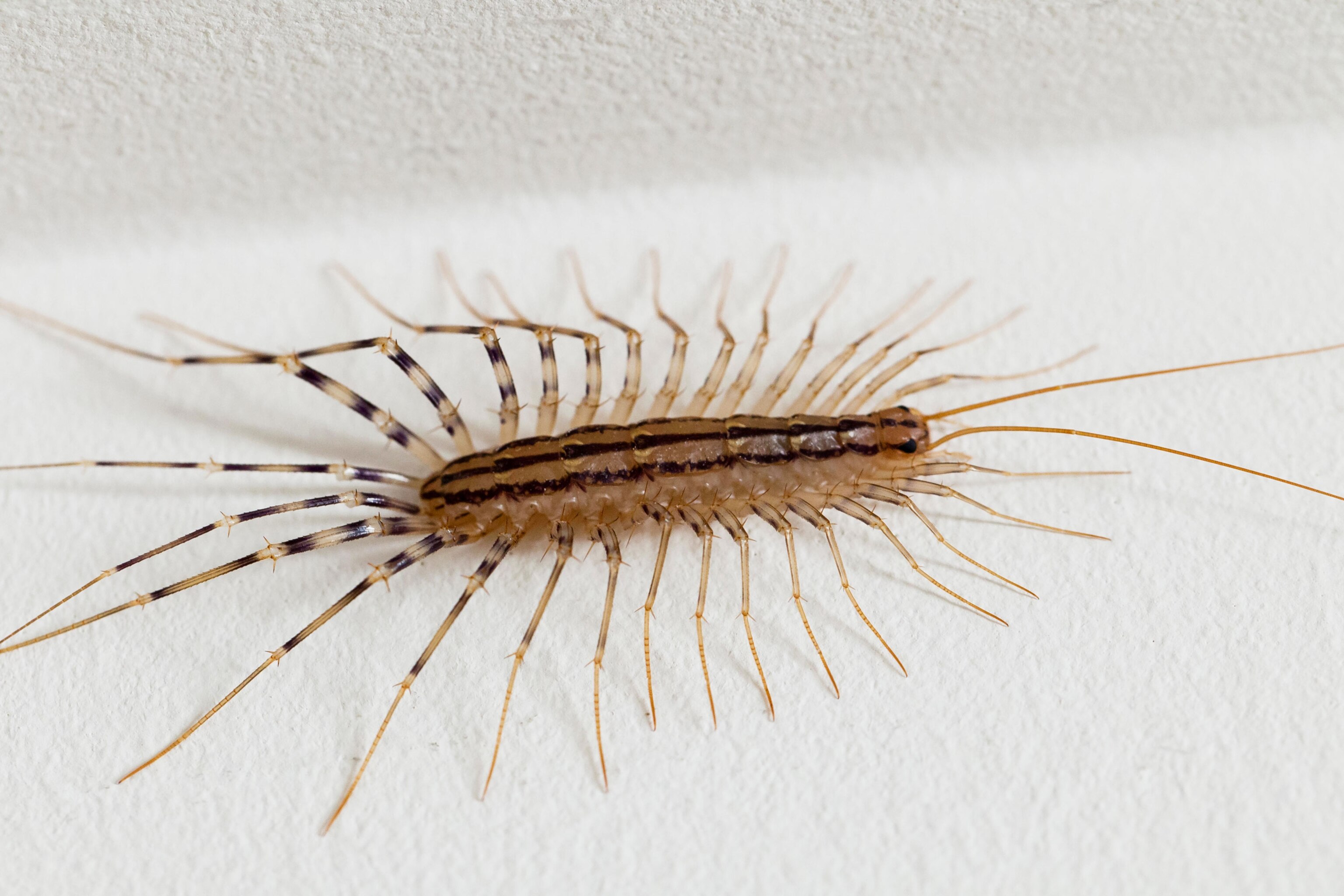
Take your kids on an indoor safari!
Don’t freak out about bugs living in your home. Instead, let them teach your kids about habitats and biodiversity.
“I found a big one!” June screamed. “And it’s alive!”
With a flashlight in one hand and a pair of tweezers in the other, my four-year-old daughter reached for a harmless long-legged arachnid sitting in its web under the basement stairs. June’s normally pretty fearless when encountering bugs and other creatures, but right now her little face was lit up with a sense of purpose.
After all, we were in the middle of an indoor safari—for science. (And don’t worry, no bugs were harmed in this adventure!)
I’d gotten the idea from Rob Dunn, an ecologist at North Carolina State University. For about a year and a half, Dunn and his colleagues have been encouraging people to catalogue all the invertebrates living among us on a free app called iNaturalist.
Millipedes in the basement, beetles in the carpet, flies on the windowsill—literally everything and anything that lives in the quiet corners of our homes are fascinating in their own way, he says. (Learn how 500 kinds of bugs could be living in your house.)
Dunn and his team have already collected more than 10,000 observations in places as diverse as Argentina, Iraq, Australia, and Italy. These indoor creepy crawlies can teach kids about habitats and biodiversity—without leaving the house. In fact, adults will probably be just as stunned to discover how many animals we share our homes with.
“The average light fixture has something like 15 species in it,” Dunn says. “And I now know that there are 12 species of spiders in my house right now,”
You probably already have the tools you need to gear up your kids for an indoor safari. Simply grab a paintbrush (for gently manipulating small creatures), a sheet of white paper (to scoot them onto), and a camera or smartphone, though make sure your children safely put the critter back where they found it after they’ve taken the photograph. A magnifying glass could also come in handy.
A notebook is useful for logging observations—what kind of animal is it, how big, what color, where was it found, etc. Parents can then upload their children’s findings to Dunn’s iNaturalist project. (Read why without bugs on the planet, we’d all be much worse off.)
Now that you’re ready to start exploring, here’s what your children might find on their indoor safari.
Bookworms of a different sort
Just like a savanna or coral reef, every part of a house is broken into different habitats where certain kinds of creatures might live. A bookshelf might seem like a dry, vertical desert, but to the order of insects known as Psocoptera, it’s a smorgasbord. More commonly known as book lice, these cryptic critters like to eat starches, like those found in old book bindings. Windowsills, baseboards, and flowerpot saucers are even more likely places to spot Psocoptera.

“Basically every house we’ve ever looked at with seriousness, we found book lice,” Dunn says.
And where there are book lice, there might be book lice predators, such as the pseudoscorpion. They might sound scary, but don’t worry. These miniature arachnids are about the size of a gnat, and though they have pincers, they lack the venomous tail of their larger relatives. These critters might also lurk in indoor firewood stores and damp places such as bathrooms and laundry rooms.
Crustaceans, too?!
Your home also probably hosts quite a few crustaceans—such as roly-polies, or pillbugs, named after the adorable way they roll up into a ball when scared. (But try to keep your kids from scaring them!)

Pillbugs are “more closely related to a crab or a shrimp than an insect or a millipede,” says Gwen Pearson, an entomologist at Purdue University. And just like their relatives, they breathe through gills. That’s why pillbugs prefer damp house habitats, such as basements or garages. That’s also where they find food like fungi and plant material. “They’re nature’s janitors,” she says.
You’ll likely find aerial insects—like bees, wasps, flies, and moths—on windowsills. Carpets are basically artificial forests where mottle-colored carpet beetles roam. Of course, kitchens are prime habitat for crumb lovers like ants. And just like scientists studying lions or lightning bugs, your young explorers might discover different results when they search for life at different times of the day. (Get more insect information at Nat Geo Kids.)
“Indian meal moths hide during the day, but they come out around 8 p.m. to find love,” Dunn says. And these insects are especially cool. “We know they were already in houses in Amarna, Egypt, in 2600 B.C.”
Share your space
While your first urge might be to squish on sight, Dunn says to think twice. For instance, because spiders have slow metabolism, some species can live more than a decade. This means that some of the animals you find on your indoor safari might be older than your children.

“Each of the species that you see in your house has been around for millions of years, and it has a special way of living in the world,” Dunn says. “We should pay enough attention to them to realize that they are other beings, and that they have these stories that are unfolding around us.” (Here are seven bug and spider myths, squashed.)
Pearson, who hosts the Bug Bowl, one of the largest insect outreach events in the United States, says she hopes getting to know household fauna will help people relax about our cohabitators.
“There are animals living where we live,” Pearson says. “And that’s OK!”



